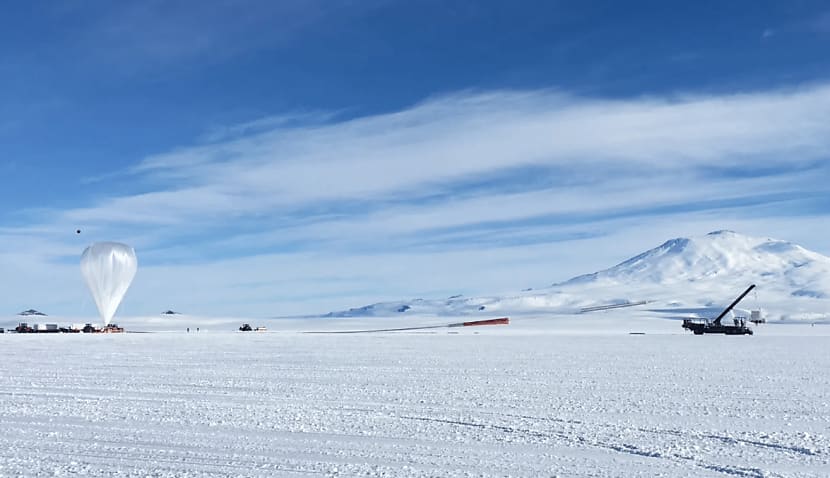The “GUSTO” mission will be one of five set to begin from Friday using the space agency’s stadium-sized, zero-pressure balloons.
The current record stands at 55 days, 1 hour, and 34 minutes, which was set in 2013.
“The annual Antarctic long-duration balloon campaign is the program’s flagship event for long-duration missions,” said Andrew Hamilton, acting chief of NASA’s Balloon Program Office (BPO).
“The environment and stratospheric wind conditions provide a unique and valuable opportunity to fly missions in a near-space environment for days or weeks at a time. The BPO team is excited to provide support to all our missions this year.”
Aside from trying to break the record, the GUSTO – Galactic/Extragalactic ULDB Spectroscopic Terahertz Observatory – mission will also map a large part of the Milky Way.
“The GUSTO telescope is equipped with very sensitive detectors for carbon, oxygen, and nitrogen emission lines,” said NASA.
“Measuring these emission lines will give the team deep insight into the full life cycle of the interstellar medium, the cosmic material found between stars.
“GUSTO’s science observations will be performed from Antarctica to allow for enough observation time aloft, access to astronomical objects, and solar power provided by the austral summer in the polar region.
“Zero-pressure balloons feature open ducts that allow gas to escape and prevent an increase in pressure from inside the balloon. Gas expansion occurs as it heats during the balloon’s rise above the Earth’s surface or by temperature increases from a rising sun.
“These balloons, which typically have a shorter flight duration due to the loss of gas from the cycle of day to night, can only fly long-duration missions during the constant daylight of summer in polar regions, where the balloon stays in constant sunlight.”
The 55-day record for a heavy-lift scientific balloon compares to the 13-day record for a traditional hot air balloon flight.
NASA’s Balloon Program Office is located at the Wallops Flight Facility in Virginia and oversees between 10 and 15 flights per year.

Adam Thorn
Adam is a journalist who has worked for more than 40 prestigious media brands in the UK and Australia. Since 2005, his varied career has included stints as a reporter, copy editor, feature writer and editor for publications as diverse as Fleet Street newspaper The Sunday Times, fashion bible Jones, media and marketing website Mumbrella as well as lifestyle magazines such as GQ, Woman’s Weekly, Men’s Health and Loaded. He joined Momentum Media in early 2020 and currently writes for Australian Aviation and World of Aviation.

